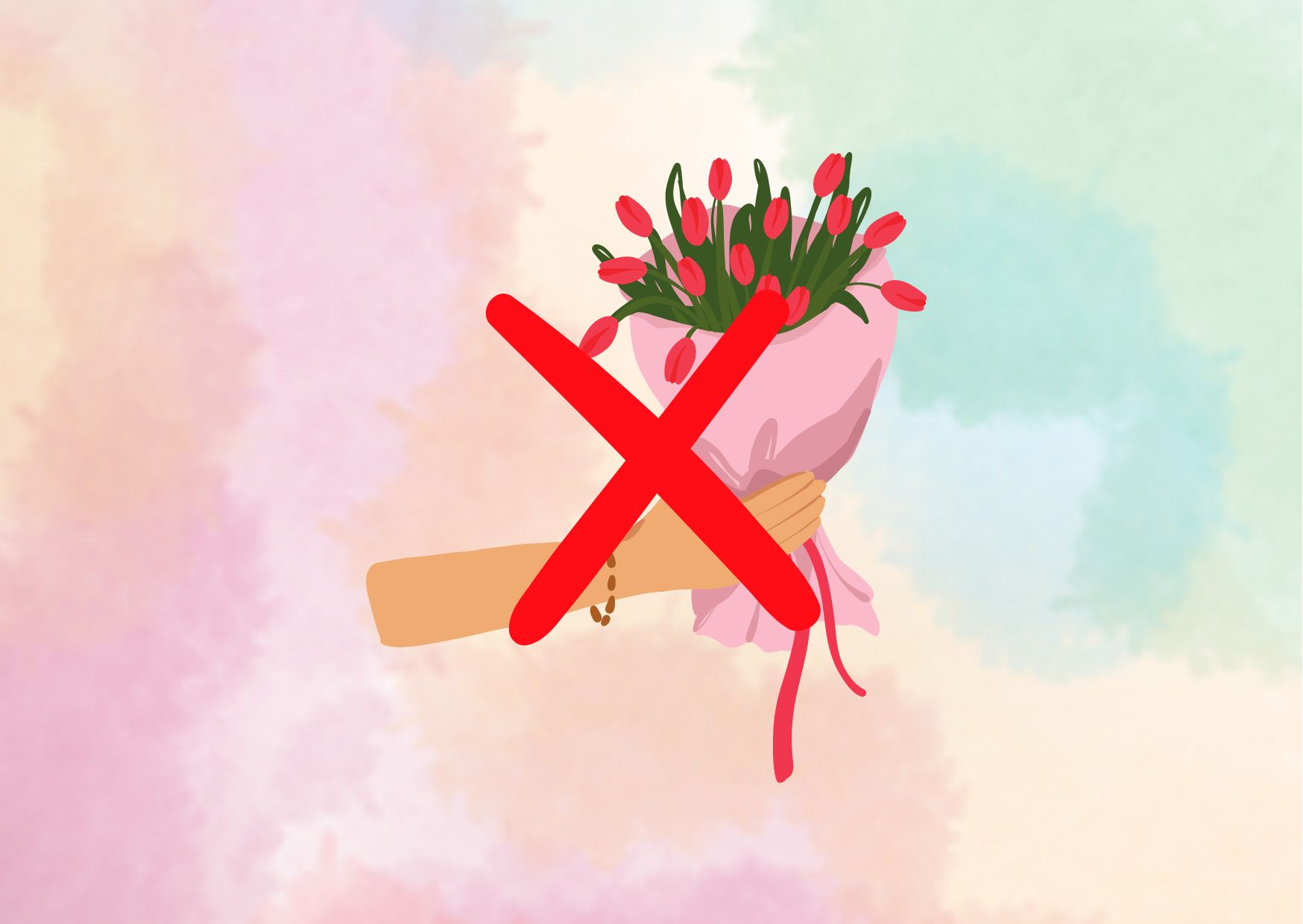8 Signs You Might be Cupioromantic: Insights into This Unique Identity
In the realm of romantic orientations, the term “cupioromantic” has emerged as a unique identity that challenges conventional notions of attraction and desire. As a micro-label under the aromantic spectrum, cupioromanticism refers to individuals who crave the companionship, intimacy, and commitment of a romantic relationship, yet experience little or no romantic attraction towards others.
This article delves into the nuances of the cupioromantic orientation, exploring its defining characteristics, the desire for relationship benefits without romantic infatuation, the ambivalence towards dating, and the challenges of maintaining boundaries and emotional availability. It provides insights into navigating relationships as a cupioromantic or kalosromantic individual, shedding light on this often-overlooked aspect of the aromantic spectrum.
Signs of Being Cupioromantic
Craving Relationship Perks Without Romantic Attraction
One of the primary signs of being kalosromantic is the desire for the benefits and companionship of a romantic relationship without experiencing romantic attraction towards others. Cupioromantics may crave the intimacy, commitment, and exclusivity that come with a romantic partnership, but they do not feel the intense romantic feelings or infatuation that are typically associated with such relationships.
Lack of Crushes and Romantic Infatuation
Another common indicator of being kalosromantic is the absence of crushes or romantic infatuation towards individuals. While others may experience butterflies, intense longing, or a desire to pursue someone romantically, kalosromantics often do not have these feelings. They may appreciate someone’s personality or qualities but lack the romantic component that drives others to seek a romantic connection.
Ambivalence Towards Dating and Romantic Gestures
Cupioromantics may exhibit ambivalence or disinterest towards dating and romantic gestures. They may be open to the idea of going on dates or engaging in romantic activities, but they often find themselves unaffected by the romantic undertones or gestures that typically accompany such experiences. Romantic gestures, such as receiving flowers or love letters, may even be perceived as a turn-off or an unnecessary complication.
- Enjoying Romantic Media Without Specific Feelings While kalosromantics may appreciate and enjoy romantic narratives in books, movies, or other media, they often do not experience the same level of emotional investment or desire to emulate those romantic scenarios in their own lives. They can appreciate the concept of romance without feeling the need to actively pursue or participate in it themselves.
- Appearing Emotionally Unavailable or Private Due to their lack of romantic attraction, cupioromantics may come across as emotionally unavailable or private, particularly in social situations or on social media platforms. They may avoid sharing personal information, decline invitations to social gatherings, or maintain strict boundaries to prevent misunderstandings or unwanted romantic advances.
- Ghosting or Avoiding Potential Romantic Partners In some cases, cupioromantics may resort to ghosting or avoiding potential romantic partners altogether. This behavior can stem from a desire to avoid uncomfortable situations or the fear of leading someone on unintentionally. They may prefer to maintain a small circle of close friends or acquaintances to minimize the risk of misunderstandings or unwanted romantic advances.
It’s important to note that the signs and experiences of being kalosromantic can vary from individual to individual, and some may resonate more strongly with certain aspects than others. Additionally, it’s possible for someone to identify as kalosromantic while also experiencing other romantic orientations or identities simultaneously.
Desire for Relationship Benefits
Craving Companionship and Intimacy
While cupioromantics may not experience romantic attraction or feelings of infatuation towards their partners, they often desire the companionship and emotional intimacy that comes with a romantic relationship. They crave the closeness, trust, and understanding that develops between two individuals in a committed partnership, even if the romantic aspect is absent.
Seeking Social Acceptance
For some kalosromantics, the desire for a romantic relationship stems from a need to conform to societal norms and expectations. In many cultures, being in a romantic relationship is seen as a significant milestone and a marker of adulthood. Cupioromantics may pursue romantic relationships to fit in and avoid being perceived as different or outcasts.
Navigating Relationships
Despite the lack of romantic feelings, cupioromantics may engage in romantic behaviors and gestures to maintain their relationships. They may communicate openly about their identity and struggle with the absence of romantic feelings, relying more on emotional intimacy than romantic attraction to sustain their partnerships.
- Kalosromantic individuals may feel uncomfortable and unsure of how to navigate a romantic relationship, as they desire the benefits of a relationship without the romantic feelings.
- They may want a romantic relationship for reasons like companionship, emotional closeness, or social acceptance, even if they do not feel romantic love.
- Some people who desire QPR-like (Queer Platonic Relationship) relationships may actually be kalosromantic, as they want the benefits of a romantic relationship without the romantic feelings.
| Relationship Aspect | Cupioromantic Experience |
| Romantic Attraction | Absent or minimal |
| Emotional Intimacy | Desired and valued |
| Companionship | Highly sought after |
| Romantic Gestures | Engaged in despite lack of romantic feelings |
| Relationship Benefits | Craved, even without romantic love |
It’s important to note that the experiences and desires of kalosromantic individuals can vary, and some may resonate more strongly with certain aspects than others. Open communication and understanding are crucial for navigating relationships as a kalosromantic individual.
Lack of Crushes or Romantic Infatuation
Absence of Romantic Longing
A defining characteristic of being kalosromantic is the absence of romantic longing or infatuation towards others. While individuals with different romantic orientations may experience intense feelings of attraction, desire, or “crushes” on specific people, cupioromantics often find themselves lacking these intense romantic emotions.

